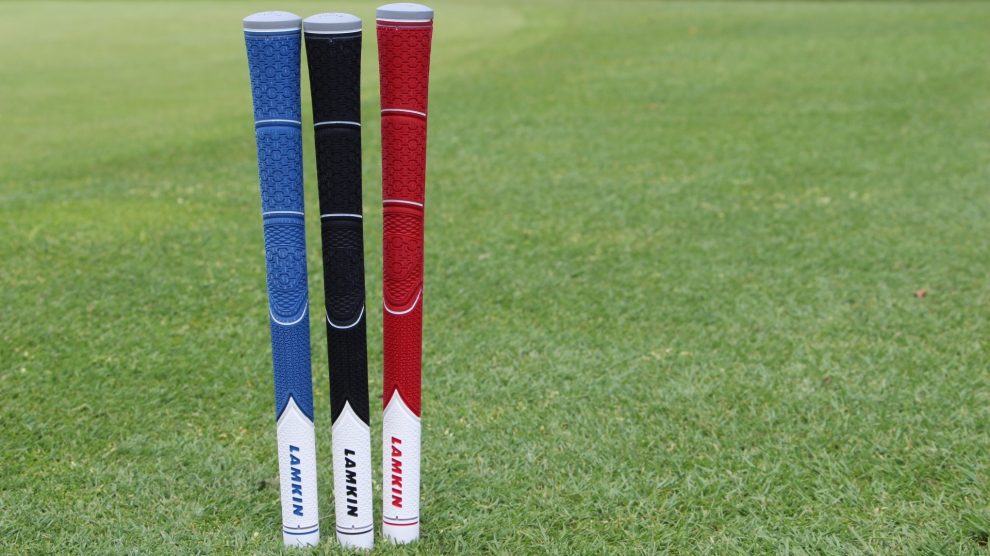There are two pieces of golf equipment a golfer uses on every shot: a golf ball and a golf grip. Shoes are sometimes optional, and most golfers don't wear gloves on every shot (unless you're Lexi Thompson). We think about our golf ball plenty, trying to get the right combination of maximized distance and ideal spin for every shot. We don't think about our golf grip much, but it's really important. The golf grip is what keeps our hands on the club, allows us to comfortably produce bombs and touch shots alike, and they're what allow us to play golf in any kind of weather.
Just like a golf ball, a golf grip loses its efficacy over time. Instead of being somewhat tacky and comfortable to the touch, weathered golf grips feel slicker, worn down and just old. Golf grips need to be replaced every so often, restoring that tackiness and comfort. The question is how often a golfer should replace their golf grips.
When should golfers replace golf grips
The general rule of thumb is a golfer should replace their golf grips every 6 months or so -- that is, if you're playing at least 3-4 times per week in conditions exposing your grips to heat and humidity. So, basically, if you live in the South of the United States, like Florida, Texas or Arizona, and you're retired or super rich, then replace your grips every six months.
For most golfers, they don't need to change their grips every 6 months. They need to change them either once per year or approximately every 40 rounds. Since most golfers don't place 40 rounds of golf per year, once per year is perfect. It's usually a good idea to do them in the off-season months like November and December and January when a lot of shops discount grip prices and other golf club services.
Bottom line is that if your grips feel way too firm or way too slick, even in dry conditions, you need new ones. Do it sooner than later.
Which size golf grips should you buy
Most golfers don't really think about the proper sizing of their golf grips, but a golfer should ideally have a grip that doesn't allow them to overgrip the club. By that, I mean a golf grip shouldn't allow you to dig your fingers into your palms on your bottom hand. If you can, your grip is too small.
Having a grip which is too small is worse than having a grip that's too big. A bigger grip is going to quiet the hands somewhat, taking them out of the swing. That may be appealing for a player who is too wristy, particularly with the longer clubs.
However, you typically have four grip size choices, and you can get a general idea of the size for your hand by measuring the distance where your wrist flexes to the end of your middle finger:
- Standard: measures 7-8.75 inches
- Junior: measures less than 7 inches
- Midsize (adding 1/16th inch to standard): measures 8.25-9.25 inches
- Jumbo/oversize (adding 1/8th inch to standard): measures larger than 9.25 inches
Of course, you can add layers of tape (called wraps) to add to the grip size and fit your hand better.
The most important thing in a grip is comfort on all types of shots. That might mean having different grips on different clubs. It could also mean finding a grip, more common these days, which has a variety of surfaces on a single grip, depending on where you grip the club. Those multi-purpose grips give you the most bang for your buck, offering smooth and rougher surfaces which can be useful in any situation.

